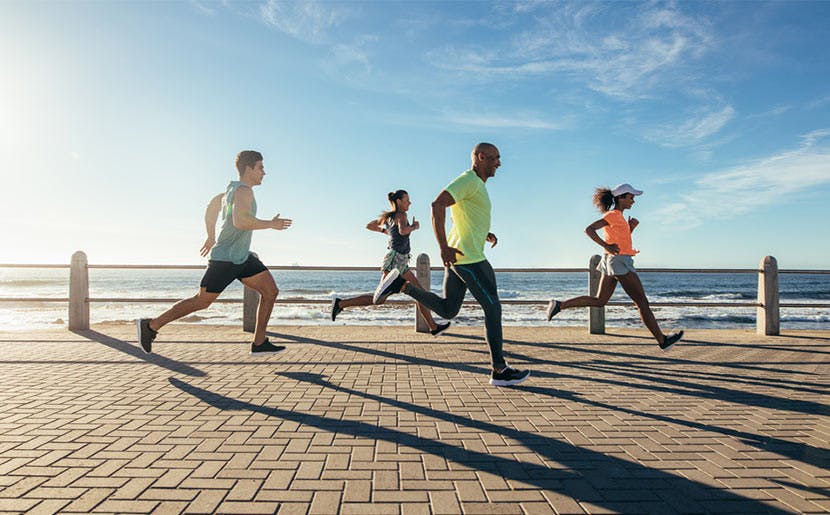Why is Physical Activity Important?
Article by:
Amazing Discoveries™ |
13 min read
We were created for movement. Exercise provides greater vitality, extra energy, and longer life. Yet for many, the greatest exertion of the day is getting out of bed, or walking from the kitchen to the couch.
Today’s society is largely sedentary. But through much of the world’s history, people were very active. Our ancestors traveled great distances by foot, engaged in intensive manual labor, and spent the majority of their day doing activities that required sustained physical effort. For most people in the past, getting enough exercise was not a concern. Today, exercise is one of the most discussed but least practiced subjects when it comes to health. We must deliberately incorporate physical activity into our lives to prevent sedentary habits and their negative health consequences from taking over.

One in three women and one in four men1 don’t get enough exercise. For exercise to be effective, it must be progressive, systematic, and habitual. Progressive2 exercise incorporates change and continually challenges your body, avoiding plateauing. It doesn’t allow your body to get used to the same routine and makes you progressively stronger and fitter. Systematic exercise has goals and follows a plan. And for exercise to be habitual, it must be a regular part of your life. To enjoy the greatest benefits, exercise must be a habit.
Why Is Physical Activity Important?
Regular exercise (3-5 times a week) strengthens the heart3 and lungs, increases metabolism4 and may help with sleep.5 Regular exercise can also aid in the elimination of a multitude of physical ailments and provide the energy needed to deal with the stresses of everyday life. A primarily sedentary lifestyle is detrimental to the body. When we don’t get enough exercise, or do not exercise at all, our bodies suffer.
Our bodies contain nearly 700 individual voluntarily controlled muscles. Most of these muscles have important functions as they are necessary for movement of the parts of the body . When you don’t exercise, you are at risk of developing disuse atrophy.6 This is when your muscle fibers begin to decrease in size because of progressive loss of myofibrils (contractile elements of skeletal muscle). In about six months to two years, the muscle will be about one-quarter of its original size, and the muscle fibers will be replaced by fibrous connective tissue. Once the transition to connective tissue is complete, it cannot be reversed.
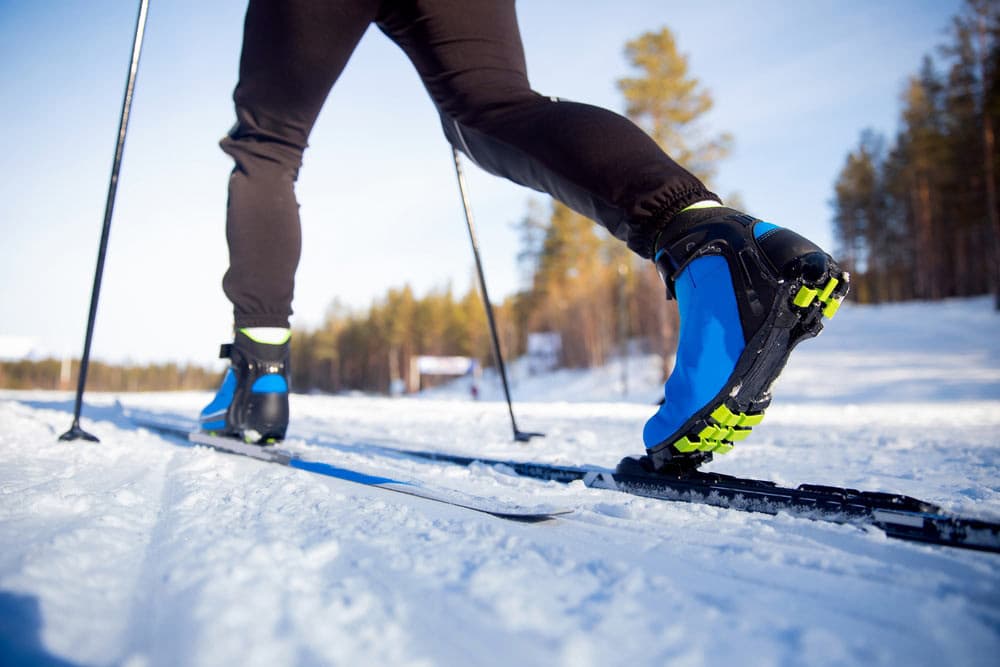
In addition, inactivity increases your risk of heart disease, Type 2 diabetes, osteoporosis, and stroke.7 Older individuals who don’t exercise may also be more prone to falling.8 Not exercising enough is a contributing factor in the development of numerous chronic diseases9 and can even cause certain types of cancer.10 Research has found that being sedentary is a risk factor in all-cause mortality and can even be worse than smoking or having a condition such as diabetes or heart disease.11 In fact, researchers found that inactive but healthy weight individuals were just as likely to be at high risk of developing cardiovascular disease as overweight individuals. Every body needs to move.
Inactivity can also cause deterioration of the muscles.13 Exercise is important for every human body, regardless of age, ethnicity, weight, or gender. A lack of exercise greatly impairs and reduces bodily functions. Remember, just because a person is not overweight does not mean they are healthy. Everyone can benefit from a variety of exercises that strengthen the muscles, encourage circulation, and help work up a sweat.
How Often Should You Exercise?
Based on research, adequate physical activity for adults is at least 2.5 to 5 hours of moderate-intensity and 1.25 to 2.5 hours of vigorous-intensity aerobic physical activity each week.14 If you are mostly inactive, this may seem like an awful lot of moving. What it means practically, is you should aim for at least 30 minutes of moderate intensity activity five days a week. Moderate activity includes brisk walking, light effort cycling, gardening, or heavy cleaning (washing windows, mopping).15 In addition, you should aim for at least 15 minutes of vigorous activity five days a week. Vigorous activity includes jogging, shoveling, carrying heavy loads, fast cycling, and playing basketball or soccer.16
Adequate Physical Activity Minimums
|
How long? |
What to do?17 |
How should it feel?18 |
|
|
Moderate activity |
30 minutes/day |
Walking Heavy cleaning Mowing lawn (with a powered mower) Light cycling |
Breathing quickens but you’re not out of breath Sweating lightly after about 10 minutes You can talk, but can’t sing |
|
Vigorous activity |
15 minutes/day |
Hiking Jogging Shoveling Carrying heavy loads Fast cycling Basketball, soccer game Tennis singles |
Breathing is deep and rapid Sweating after just a few minutes Can’t have a normal conversation without having to pause for breath |
A word of caution
If your lifestyle is sedentary, remember that Rome wasn’t built in a day and it can be dangerous to overexert yourself. According to the Mayo Clinic, “If you are short of breath, are in pain or can't work out as long as you'd planned, your exercise intensity is probably higher than your fitness level allows.” Their advice? “Back off a bit and build intensity gradually.” Start slow, set achievable goals, and don’t be discouraged if you fall short. The important thing is to establish a trend toward an increasingly more active lifestyle.
How to Make Exercise a Habit
Even if you’re unable to immediately commit to regular exercise, there are ways you can move more each day. It’s all right to start slow, but do your best to move more each day and make exercise a regular part of your routine.
1 |
 |
Getting started |
|
Check with your doctor before starting a vigorous exercise program if you have cardiovascular diseases, are over 40 with multiple cardiovascular risk factors, are overweight, or have health conditions such as asthma. The risks of physical activity are very low compared to the health benefits. Many more people rust out rather than wear out. You can also check your blood sugar before exercise.
|
||
2 |
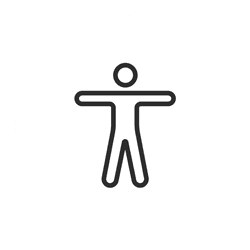 |
Stand rather than sit |
|
If you work a desk job, consider getting a desk which allows you to work while standing.
|
||
3 |
 |
Move during breaks |
|
Go for a walk on your lunch break or after work.
|
||
4 |
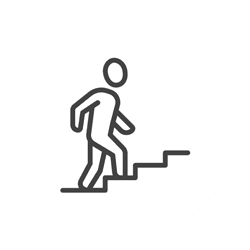 |
Consciously choose exercise |
|
Take the stairs rather than the elevator, choose to walk rather than drive, or use the most distant parking space.
|
||
5 |
 |
Don't default to sitting |
|
Choose activities that encourage you to move. When you have down time, go for a jog, bike ride, walk, or swim instead of defaulting to sedentary entertainment such as sitting at the TV or computer. Grow a garden, play active games with the kids, use a push mower, walk the dog.
|
||
6 |
 |
Find a favorite |
|
Find exercise that you enjoy. If you enjoy it you are more likely to make it a permanent part of your life.
|
||
7 |
 |
Set a goal |
|
Set an exercise goal. Why do you want to start exercising? Some of the common reasons for exercise include weight loss, stronger muscles, better endurance, more flexibility, better balance, and even improved mental health. Determining why you want to exercise will help you choose the most optimal type of exercise and make the most of your exercise time.
|
||
8 |
 |
Create a routine |
|
Establish an exercise routine. Pick a time of day that's best for you, and keep that exercise appointment as if it were a business engagement. Exercise is cumulative. Three 10-minute sessions are just as good as one 30-minute period.
|
||
9 |
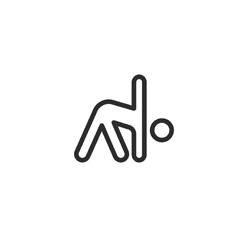 |
Start slow |
|
Start with a low intensity exercise to let your body warm up. Then do a few stretching exercises for 3-5 minutes using a slow, steady movement to warm up your muscles and prevent injury.
|
||
10 |
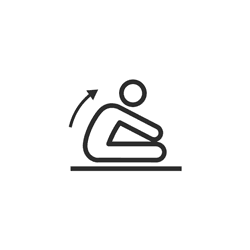 |
End slow |
|
End with a low intensity exercise to cool down, and more stretching to avoid soreness and enhance flexibility.
|
||
11 |
 |
Aim for 30 minutes a day |
|
Get at least 30 minutes of exercise every day. If daily exercise is not possible, try for three times a week on nonconsecutive days. Alternating aerobic exercise with strength training is now recommended as the most complete and beneficial program.
|
||
12 |
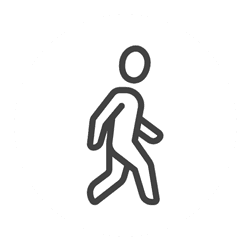 |
Don't push yourself |
|
Remember, you aren't in competition with anyone, so don't push beyond your tolerance. Excessive exercise is not healthy. Exercise at your own pace—if you are unable to walk or bike, do chair exercises.
|
||
13 |
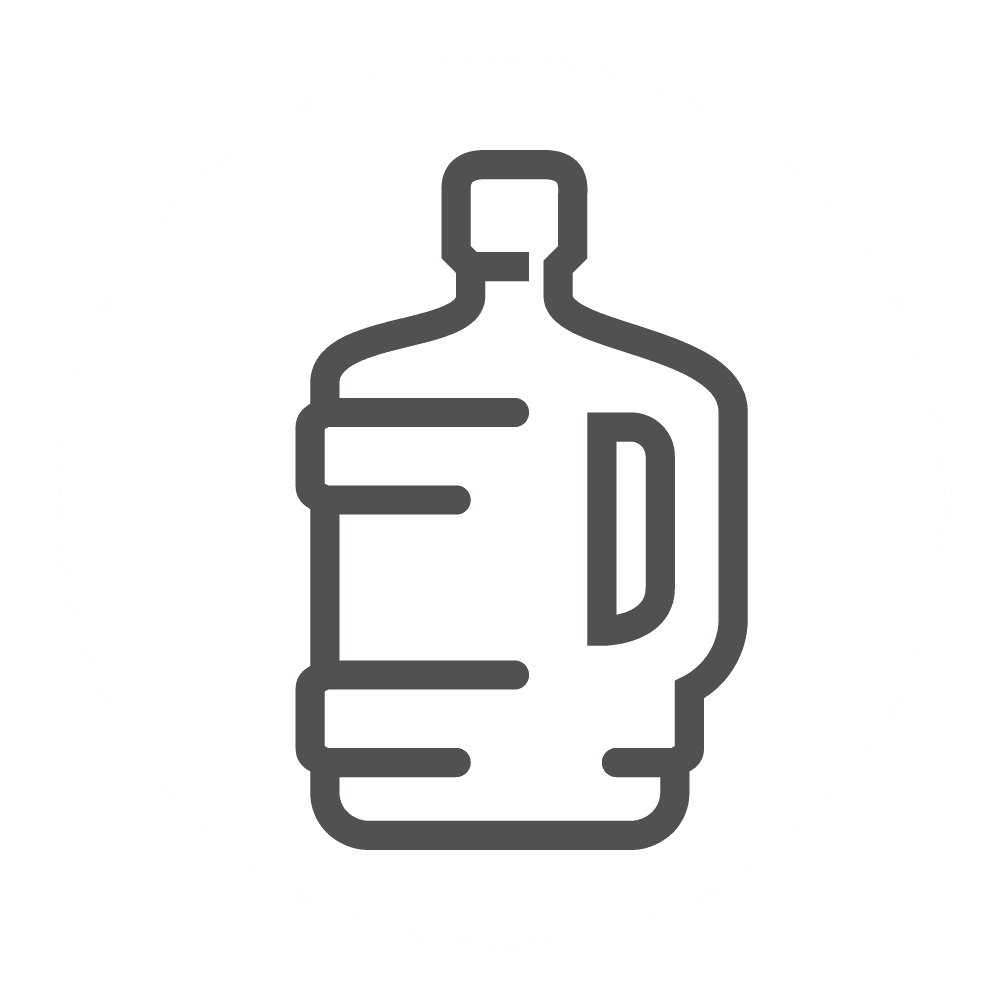 |
Stay hydrated |
|
Drink water to replace lost fluids.
|
||
14 |
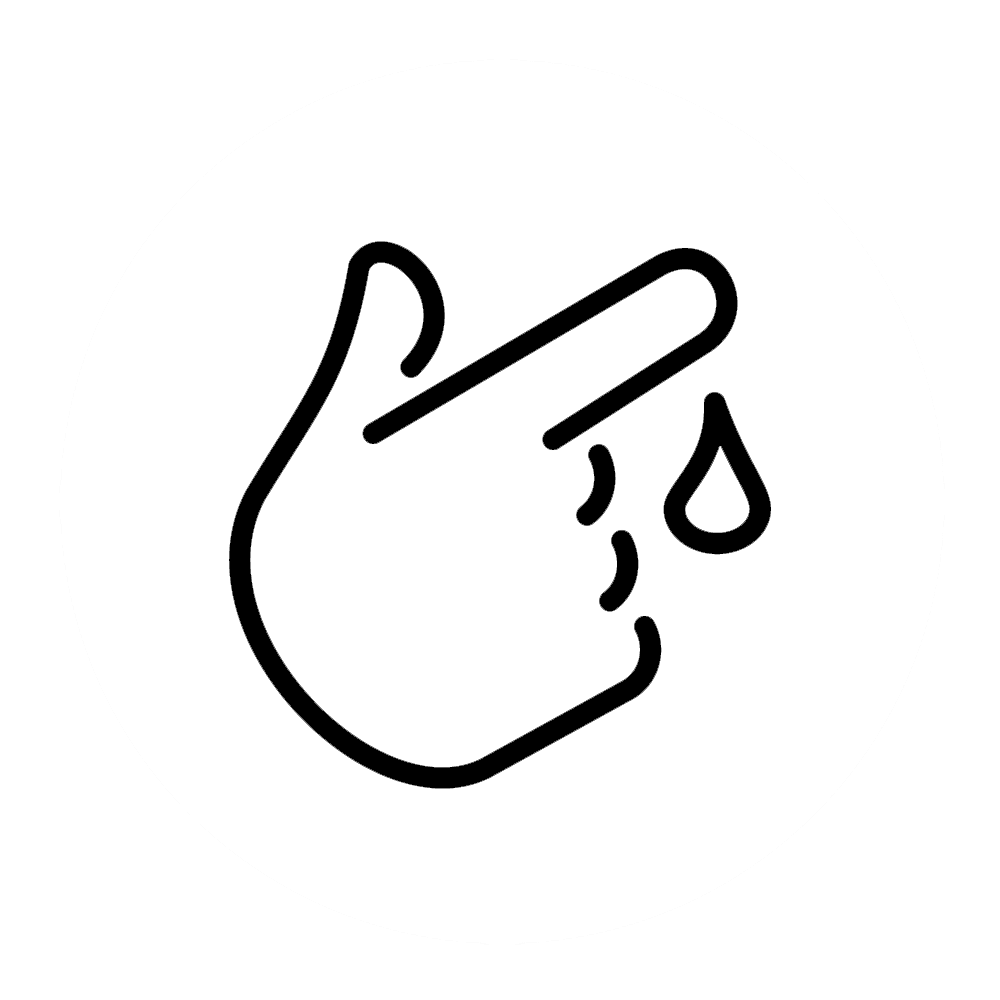 |
Monitor blood sugar levels |
|
Check your blood sugar as blood glucose can continue to drop for up to 30 hours after vigorous or prolonged exercise.
|
||
Learn about the different types of exercise and why they’re good for you. Discover more exercise benefits and the best types of exercise for busy people in this short video with lifestyle educator Walt Cross!
Related Articles
These statements have not been evaluated by the Food and Drug Administration or Health Canada. Our articles, videos and products are not intended to diagnose, treat, cure, or prevent any disease. If you are pregnant, nursing, taking medication, or have a medical condition, consult your physician before following any recommendations or using any product on our site. You assume sole responsibility for your personal health, and you must use your own discretion under doctor consultation to determine whether any product or recommendation on this site is suitable for your personal situation.

